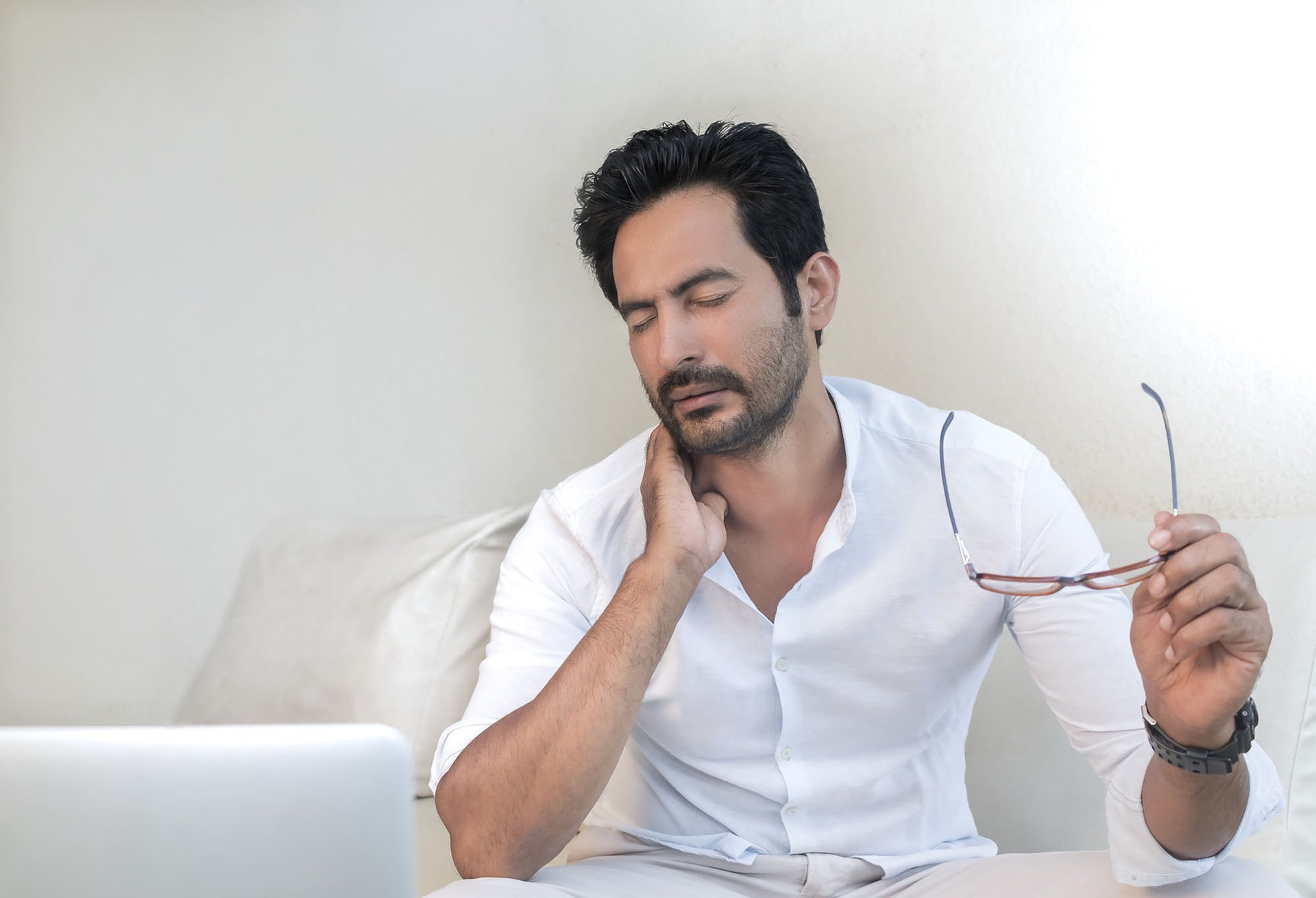Which brain do you think (or hope) you have?
You can say it depends on how old you are. It’s a fact that significant cognitive decline is NOT an inevitable consequence of aging.
Here are some more brain pictures:
Brain on far right is far more aged than the one in the middle (more dark areas). In other words, healthy aging brain is independent of your chronological age. It is likely that the effects of aging do accumulate with age, but it not necessary to have an aging brain as we are growing older. In fact, brain’s most unique ability is that it does not age as the rest of our body does. You can take this truth to the bank; the healthier you are, the healthier your brain is. Even more accurately, the healthier your brain is, the healthier, happier, more successful, fitter, more social and consciously aware you are!
Check out some of the graphs of relationship between the brain aging and Quality of Life, Career and Athletic Performance.
Quality of life, career/work/athletic performance, social relations and indeed health all have inverse relationship with brain aging.
So, How Healthy Is Your Brain?
Find out here..
Signs of Mild Brain Aging:
- Easy fatigue from reading, studying, driving, other brain tasks
- Mild Depression
- Poor digestive function
Signs of Moderate Brain Aging:
- Inability to focus or concentrate
- Impaired learning or acquiring new tasks
- Chronic constipation
- Intestinal Dysbiosis (Imbalance b/w good and bad bacteria)
- Decreased digestive enzyme production
- Sympathetic nervous system up-regulation
- Elevated blood pressure
- Increased heart rate
- Stress
- Poor circulation
Signs of Significant Brain Aging:
- Inability to work professionally
- Inability to appreciate life
- Inability to perceive neurological loss
- Early signs of neurological disease
- Tremors
- Inability to find directions
- Severe depression
Signs of Severe Brain Aging:
- Neurological disease
- Dementia
- Alzheimer’s,
- Parkinson’s
- Uncontrolled bladder tone
- Bowel obstruction and inability to digest food
- Inability to develop social relationships
- Dependency on family and medical staff for daily functions
What Can Be Done About It?
Before I can answer this question, let’s review some basic facts about the brain. A child is born with roughly 100 billion neurons and by the age 3 has more than 1,000 trillion neuronal (or synaptic) connections. Brain development starts even earlier in the womb and continues throughout the childhood. Excessive stress, anxiety, lack of stimulation and bad diet can lead to poor early brain development and lead to problems later in life. By the age 11 children have about half as many connections due to synaptic “pruning”, gradually organizing thick tangles of “wiring” into more efficient and powerful connection. The synapses that they use stay and the ones that they don’t are eliminated, based on “use it or lose it” principle. On average a 50 year old has than 100 billion neurons and nearly 10 times fewer connections, but we don’t typically think of a 50 year old and less developed than the toddler.. well, I guess I can think of a person or two that can be exception to this rule, but I digress. Why is that the adult have fewer neuronal connections that a child? The answer is because of “pruning” and “plasticity”. One way to think of pruning is that we develop as many connections as possible but then trim them to keep the ones we use. If we kept all of them, the brain would not function efficiently and may overheat, I exaggerate, but my point is that it needs to be streamlined. More active brain doesn’t one is smarter, less active brain can mean that the person is not very smart or that the brain is well pruned and well organized. Now, this relates to plasticity. Neuronal plasticity is an ability of the brain to change in response to environment to develop complex neural pathways, organize itself into groups for different kind of information processing. The information activates some groups of neurons more than others, and this level of activity causes the connections among the group to be reinforced. As more and more similar patterns come through the network, the connections among the activated group of neurons becomes stronger, and eventually the group becomes specialized for processing that one specific function, like hitting the top spin on your backhand or closing a business deal.
Each day we lose thousands of neurons, and millions of neuro-connections, but in a healthy brain, we are also making millions of new neuro-connections that are more pertinent to us and serve our needs. Not so much in the brain that degenerates.
Neuronal loss is irreversible. Nerve cells don’t regenerate themselves as almost all other cells in the body. The bad news, once lost they are lost and the brain shrinks, this process is permanent and cannot be reversed, the good news is that the brain loss can be slowed or stopped all together and hopefully, new neuronal connections can made to compensate for the ones that were lost!
Several separate factors are responsible for the brain degeneration. These are the blood flow problems, issues with cell membrane structure, neurotransmitter health, mitochondrial oxidative damage and neuronal inflammation. Each of these factors can single handedly cause neurodegeneration but as a part of the vicious cycle they tend to happen all at once. Unfortunately, the current medical model does not provide an early diagnosis and preventative intervention. Current pharmaceutical approach is also at this time missing the underlying reasons for neurodegeneration. In the present model the intervention is only warranted until after the neurodegenerative disease have taken place at which point it is almost always too late.
Functional medicine provides a unique and effective way to treat brain aging. Start by identifying it early.
Contact us for a complimentary consultation.
Arthur Gazaryants, D.O.M.







